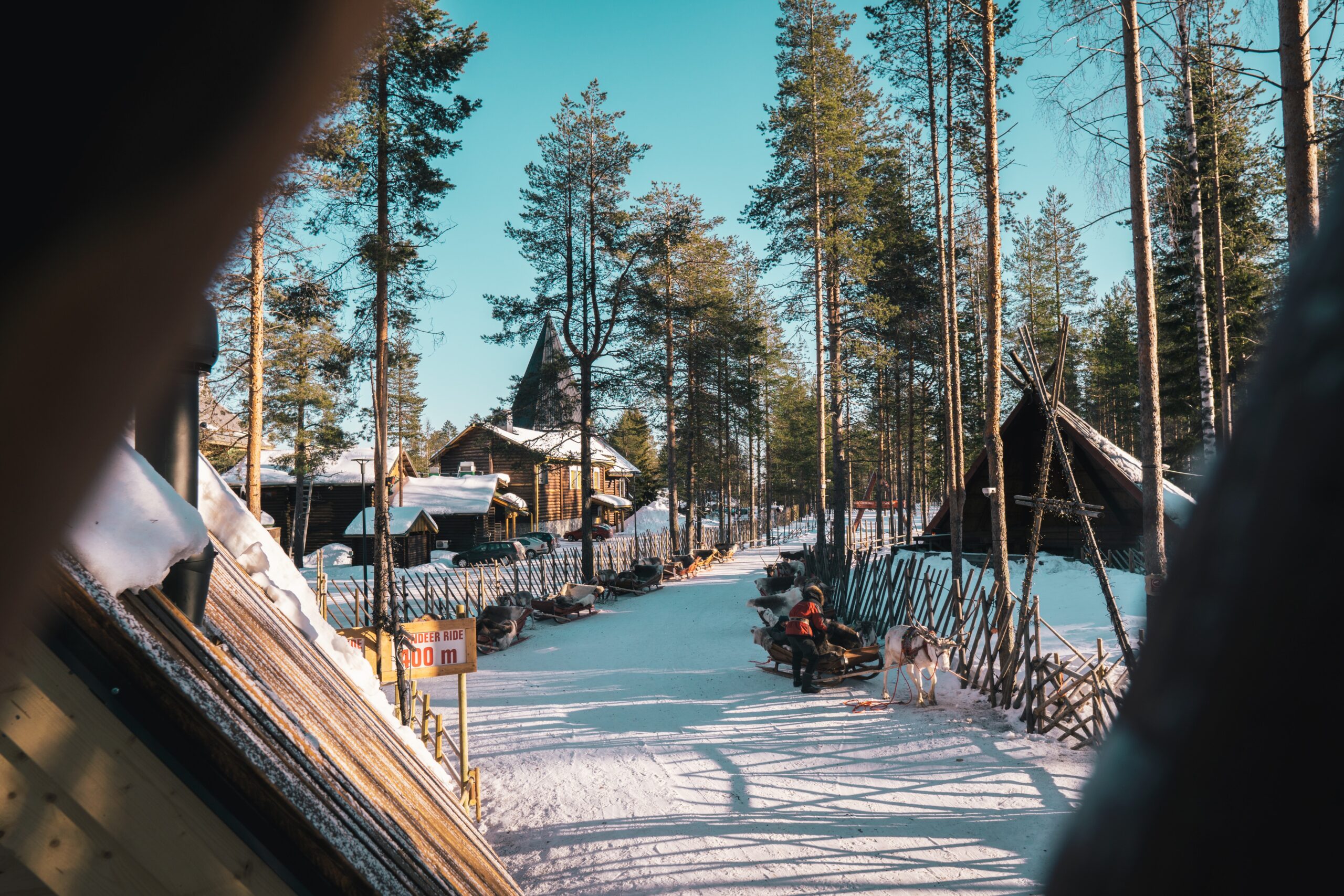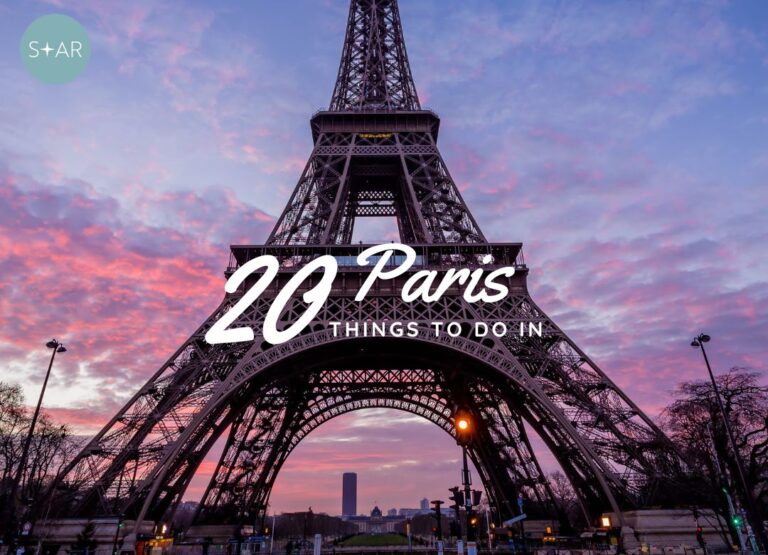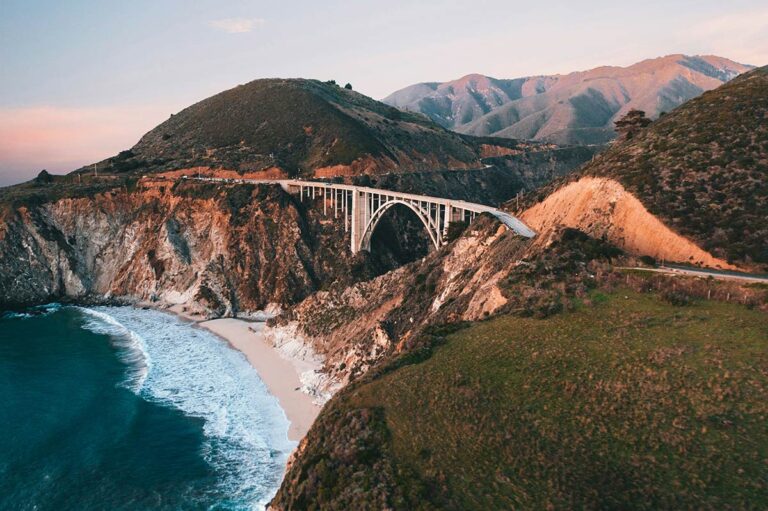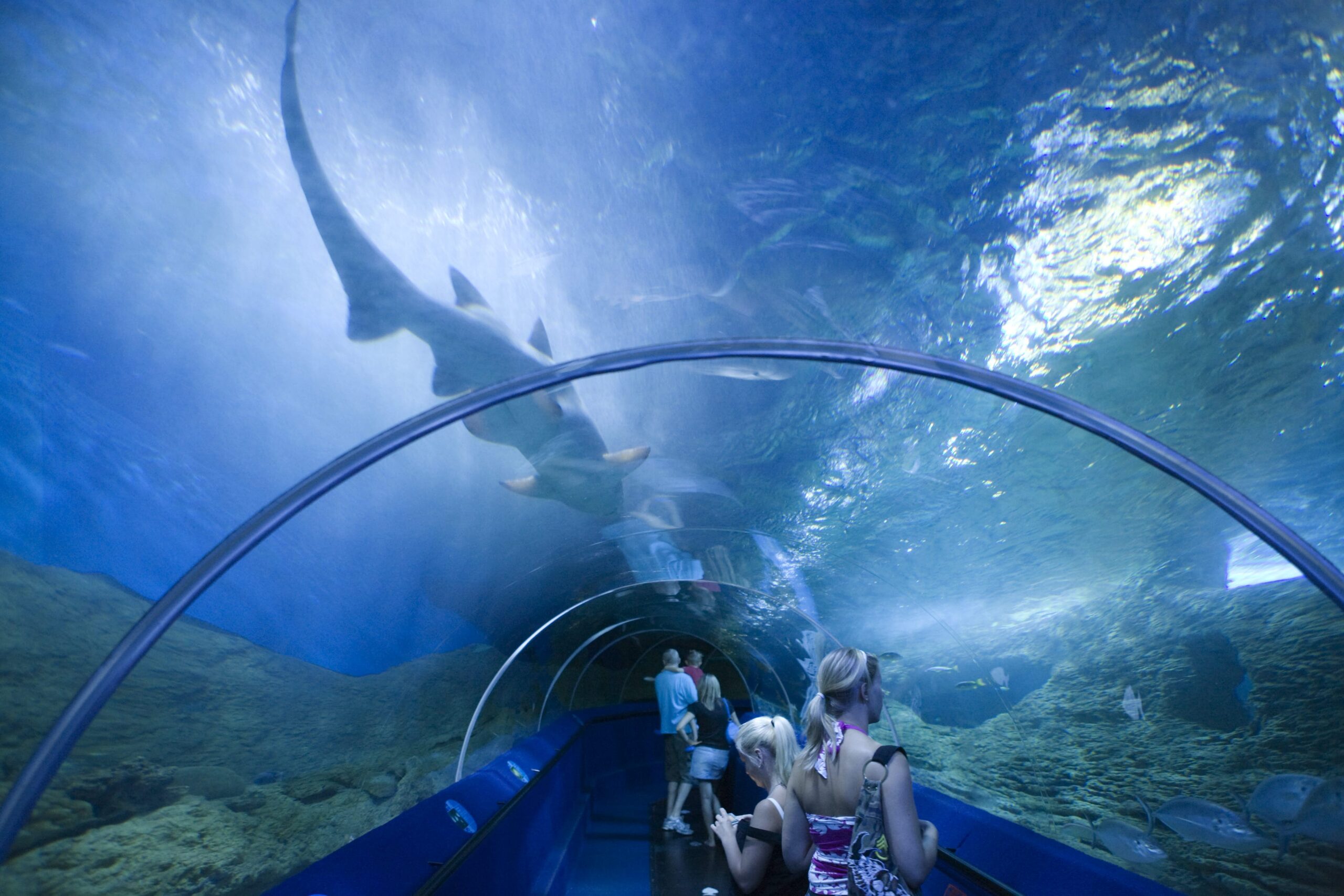Finland is a northern European country. Scandinavian countries include Norway, Sweden, and Finland. It’s the farthest east of the Scandinavian countries. Finland is bounded by the Baltic Sea to the south, southwest, and southeast, Sweden to the west, Norway to the north, Russia to the east, and the Baltic Sea to the north.
Finland in the winter is like stepping through the wardrobe into the land of Narnia, the stuff of every kid’s icy dreams. Children can play with huskies and reindeer, construct snowmen and toboggan down mountains until their parents are too tired to carry them any further. Snowshoeing, cross-country skiing, canoeing, and rafting are all fun activities for older kids. There is plenty of room to spread out and enjoy the long summer days on any of the thousands of islands or seemingly endless stretches of lakeshore or beach.
Finland is a Nordic welfare state that seeks to be carbon neutral by 2035. It’s also the happiest country in the world. Around 75% of its surface is covered with forests, and it has the world’s greatest archipelago, as well as Europe’s largest lake district and last untamed wilderness, Lapland. Finland in July is never going to be tropical yet it’s also not as cold as other Scandinavian countries. Between June and August, the weather in Finland reaches between 15°C to 32°C offering you roughly 100 days of sunshine. While Finland is a great place to take the kids, especially in the summer, the winter months might be a bit more challenging. The months of June, July, and August are considered the finest times to visit Finland because of the pleasant weather, longer days, and beautiful scenery brought on by the springtime thaw. It is also the time of year when tourist attractions and transportation services are at their busiest.
It is possible to travel to Finland in just five days. It can last as little as a week or as long as a few weeks, depending on your needs. In less than a week, you may visit the highlights of Lapland and live the Arctic dream.

There are only a little over twenty thousand native speakers of English in Finland, however due to being a competitive and educated nation, the majority of Finns speak it as their second language. 70% of the people can speak English proficiently. A question has always lingered in the mind, is it possible to cover Finland in five days, and the answer is ‘yes’. Well, it is possible to travel to Finland in just five days. It can last as little as a week or as long as a few weeks, depending on your needs. In less than a week, you may visit the highlights of Lapland and live the Arctic dream.
Meals like oat or rice porridge, rye toast with herb cheese and salt-cured salmon, eggs, traditional pastries and pies with fruit jam, and yoghurt with freshly picked berries are common breakfast fare.
Most popular family vacations are to Finland, where you can do anything from relax on a beach for a week in the summer or ski and ice fish in the winter to visit Santa Claus and his elves in the North Pole. Basecamp Oulanka is where you and your family will spend a week exploring Finland together. Snowshoeing, dog sledding, and snowmobiling are just a few of the winter sports that can be enjoyed from this vantage point; once the snow melts, visitors may go kayaking, rock climbing, and even on a hunt for the elusive brown bear.
Fantastic journeys are planned in a responsible manner with the help of guides, their extensive familiarity with the area and excellent guidance ensure that you have an unforgettable trip. There are endless adventures that have won acclaim by pushing the envelope of what’s possible. Fun for the whole family in the snow, in a scenic natural setting is assured.
Oulanka is a favourite among families, and this trip offers something a little different from the typical winter vacation. A variety of interesting activities are planned that the whole family will love. Snowshoe, cross-country ski, dog sled, and reindeer sleigh your way across the stunning environment. Here on the outskirts of Oulanka National Park, we have the ideal conditions for viewing the Northern Lights, nature’s greatest light show, and a fantastic backdrop for your exciting winter vacation.
Finland is a Nordic country in Europe that has borders with Sweden, Norway, and Russia. The capital city, Helsinki, is located on a peninsula and several islands in the Baltic Sea. The Suomenlinna Sea Fortress, built in the 18th century, the trendy Design District, and numerous museums can all be found in Helsinki. The Arctic Lapland province is a large wilderness with national parks and ski resorts, and it is also a prime viewing location for the Northern Lights.
Some classic Finnish dishes one must try
- Bread cheese or Finnish squeaky cheese
- Classic Finnish rye bread
- Creamy salmon soup
- Karelian pastries/pies
- Sauteed reindeer
- Blood dumpling soup
- Salty liquorice
Finland is a beautiful country with a wide variety of sights to see, from the bustling art scenes of Helsinki and Turku to the depths of the northern forests and the sparsely populated outer islands. The country’s rich cultural and historical attractions, combined with the unspoilt natural settings, make it an attractive destination, despite the fact that it is located in a relatively undiscovered corner of Europe. Finland is a Nordic playground for both winter and summer activities due to its abundance of lakes, fells, rivers, and large open regions, as well as the guarantee of snow in the winter.
Most international travellers to Finland arrive at Helsinki. The busiest Baltic port is home to some of the world’s finest museums and architectural masterpieces. The attractive minor cities of Turku and Porvoo are easily accessible from Helsinki. It would be a shame to visit only the Baltic coast, though, because the inland areas are so stunning. The Finnish lakes are in the west, and the huge Arctic region, with its midnight sun, northern lights, and world-class ski resorts, is up north. Finland is a fantastic vacation destination year-round. Some amazing sights you must visit during your vacation to Finland
The Fortress of Suomenlinna

The boat voyage to Suomenlinna, home to one of the world’s largest sea fortresses built in the 18th century, takes only 15 minutes from Helsinki’s Market Square (a mini-cruise that has lovely views of the city as a bonus attraction). The fortress-castle, once known as Sveaborg when building began in 1748, is the primary attraction. The fortress was abandoned in 1808 when forces gave in to invading Russians, and it continued to fall into disrepair over the next century.
Finally, after regaining independence in 1917, the Finns assumed charge of the fortifications and slowly began rebuilding the monument. Submarines used this location during WWII, and now it is a UNESCO World Heritage Site and a famous tourist destination.
You may get a feel for the island’s colourful history by watching the visitor centre’s audio-visual presentation (it’s in English), before venturing out to explore the island’s walls, tunnels, museums, and trails. You can also sign up for a guided tour of the fort if you’re interested in learning more about it. The Finnish Navy utilised the 250-ton Vesikko submarine from 1936 until the war’s end in 1945.
The Ehrensvärd Museum showcases artefacts from prehistoric Sweden, while the Doll and Toy Museum, housed in a former Russian palace, is dedicated to the preservation and exhibition of dolls, dollhouses, and toys. Glassblowers, potters, and other artisans all have studios and shops on the island, and if you remain for the evening dance and musical performances at the Suomenlinna Summer Theatre, you can take it all in while taking in the view of the Baltic Sea.
Kauppatori (Market Square) and Esplanadi
Helsinki’s harbour is an integral part of the city, whose important landmarks overlook it. It’s also a popular gathering point, with an open-air market of local farmers, craftsmen, food producers, and fishermen, who sell directly from their boats. You may catch the fragrance of salmon cooking over cedar planks beside the boats, and depending on the season see a rainbow of glistening ripe berries or baskets of foraged woodland mushrooms. The historic 1889 market hall shelters more food vendors, but the outdoor market is a year-round tradition, protected by tarps and tents in the winter.
Stretching from one side of the Market Square, the open swath of the Esplanadi is where the entire city seems to congregate on summer evenings. The tree-lined promenade is bordered by elegant buildings and a pavilion houses the Kappeli Restaurant, whose terrace is especially popular on summer evenings when there are concerts in the bandstand.
Havis Amanda, the city’s patron saint, stands atop a fountain by Eliel Saarinen. The Street Museum, Helsinki’s most out-of-the-ordinary museum, spans the block between Market Square and Senate Square, from the early 1800s to the 1930s, with corresponding changes in the street’s asphalt, street lighting, mail boxes, and phone booths.
Rovaniemi and the Arctic
Rovaniemi, in northern Finland, lays claim to the title of “Gateway to the Arctic” because the Arctic Circle passes through the centre of town. This results in the famous Midnight Sun throughout the summer months. From late May until early August, the sun never dips low enough for it to get dark in Rovaniemi, even though it does so for a full 24 hours on the summer solstice in late June. During these “White Nights,” the locals encourage visitors to join them in enjoying the outdoors.
Helsinki Churches
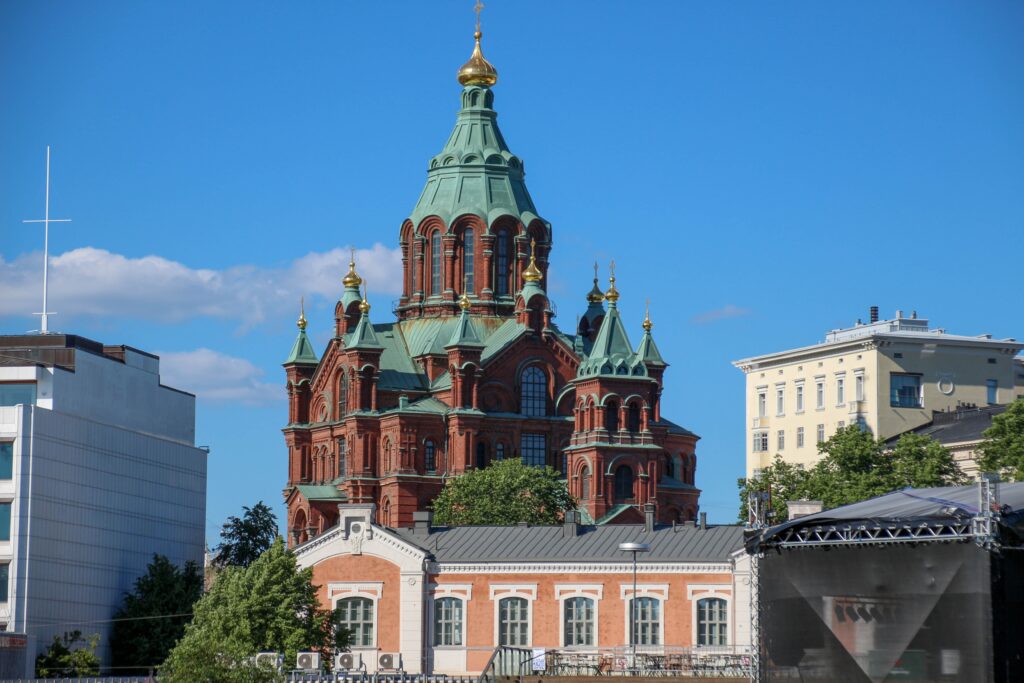
There are three must-see churches in Helsinki, two of which are cathedrals and the other is a modern architectural icon. The 13 green-topped spires of Uspenski Orthodox Cathedral culminate in gold cupolas and tower majestically over the eastern side of the port. Luminous with gold, icons, crosses, altars, and exquisitely decorated arches, this Orthodox cathedral is the largest in western Europe. Tourists are welcome to visit the cathedral, which serves the substantial Russian community in Helsinki.
The massive Neoclassical Lutheran Cathedral is located on the hill right behind the harbour and is an equally conspicuous landmark to anyone reaching Helsinki by sea. It is so close and so large that it appears to be standing on the roofs of the harbour-front buildings. The imposing church from the early 19th century, with its green dome and wide stairs, is the centrepiece of Senate Square.
One of the most magnificent public squares in Europe is harmoniously encircled by buildings on all sides. As the traditional parade starting place, it sees regular use for joyful occasions. In the month of December, vendors set up shop in the town centre to sell their wares of exquisite regional handicrafts and seasonal fare to the public.
Temppeliaukio Church is an architectural experiment, cut into solid rock on a very limited site in the city centre, whereas the other two cathedrals are solidly in the traditions of their denomination. The church was designed by Timo and Tuomo Suomalainen and features a spherical, woven copper roof supported by concrete pillars. Copper and stone together generate exceptional acoustics, making this a popular location for concerts of many genres.
Go Skiing or Ride a Dogsled

Winter in the Arctic is a dream come true for skiers and other snow and ice sports enthusiasts. Dog Sledding across frozen lakes and visiting Sami communities, driving your own reindeer sled, snowshoeing or cross-country skiing for miles, and watching the northern lights are just a few of the activities available.
About 170 kilometres north of Rovaniemi is Levi, a hub for all winter sports with miles of gorgeous Nordic ski tracks, lighted for night skiing. The largest downhill ski area in Finland’s national park is equally beautiful. Guests at many of Levi’s hotels can enjoy views of the northern lights from the comfort of their own room thanks to glass ceilings. It’s only a five-minute stroll from the cosy Levi Hotel Spa to the ski resort, where you can also rent gear. The hotel itself is a mini-resort, with its own saunas, pools, outdoor hot tubs, bowling alley, and play area for children.
Watch the Northern Lights
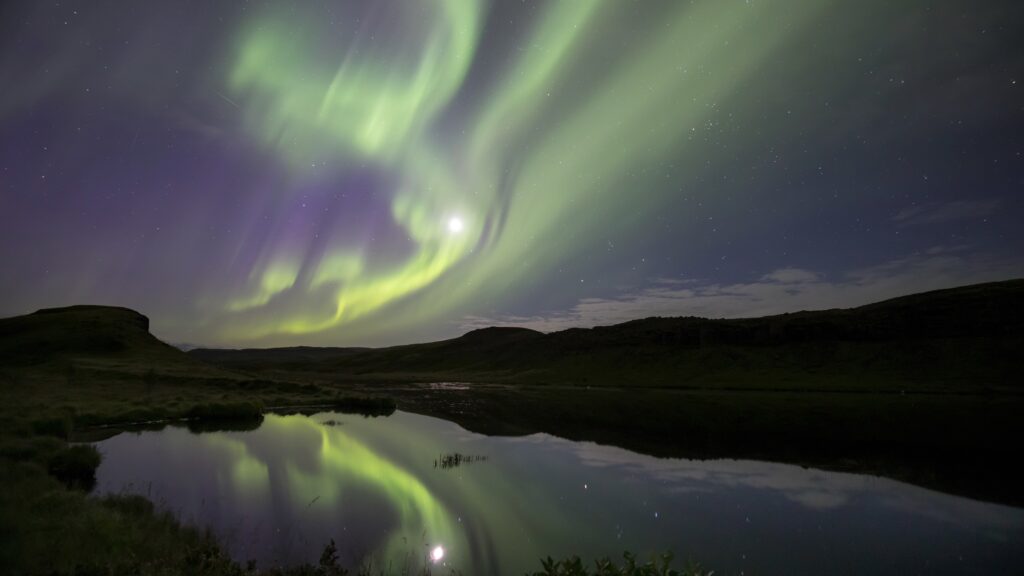
Most individuals only get one shot at witnessing these dazzling displays of light as they dance across the sky. The northern lights can be seen in Finland more reliably than in almost any other country. Even while the lights can sometimes be seen as far south as the southernmost sections of the country, the best place to see them is around or north of the Arctic Circle. If the sky is clear, visitors here nearly always see a spectacle between September and March. There is a broad selection of hotels in the north whose services are geared at tourists in search of a place to view the lights. You can also sign up for free Northern Lights email alerts from the Finnish Meteorological Institute.
Åland Archipelago
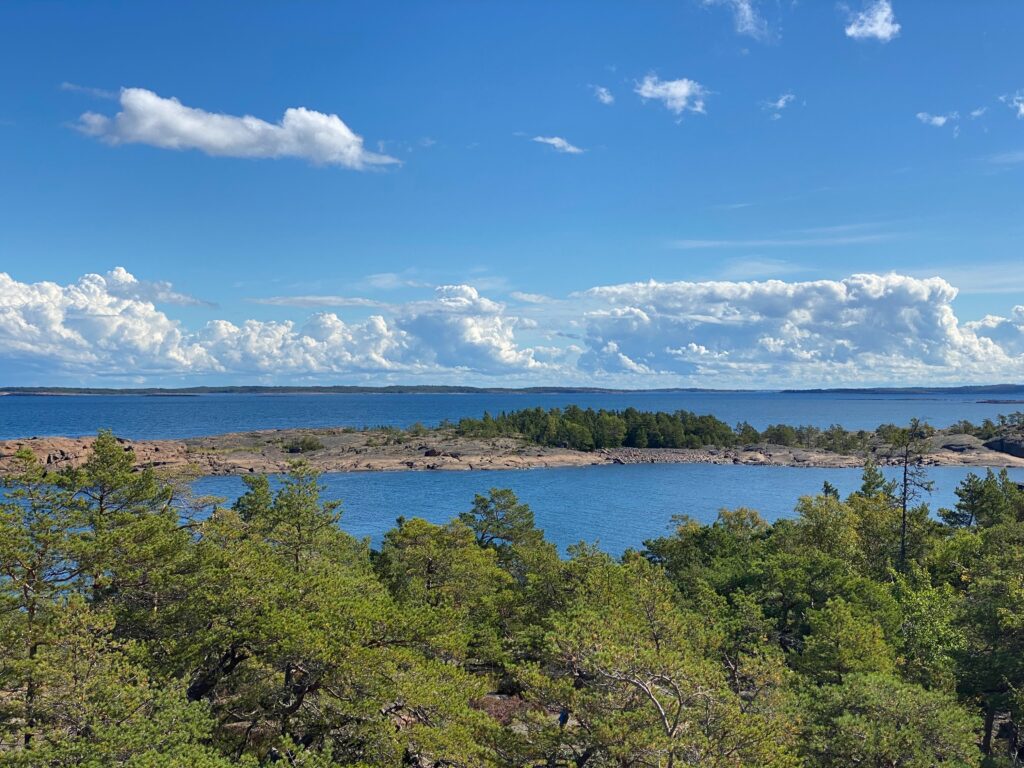
In the Baltic Sea between Sweden and Finland is a group of islands known as land (or land). land is a province of Finland inhabited primarily by Swedes. It is made up of a handful of major islands and almost 10,000 smaller ones. A land has a special past. Swedish rule ended in 1809, when the territory was transferred to Russia. The fortification on the islands was destroyed when a joint British and French fleet conquered them in 1854. A complete demilitarisation of the archipelago followed.
There are roughly 27,500 people living in land, with about 11,000 residing in Mariehamn, the capital. Seeing the Marine Museum, the Museum Ship Pommern, and the Maritime Quarter in Mariehamn can help you learn about the islands’ unique maritime heritage, as these activities have historically formed the backbone of the economy.
The Jan Karlsgrden open-air museum at Kastelholm is very interesting, as it recreates the setting of a typical island farm in the 1890s. However, the natural beauty and lack of human interference in land is a major appeal for tourists today.
The longest day of the year is commemorated with a huge and historic party in land on the night of midsummer. Artistic types flock there because of the picturesque scenery, and visitors from as far away as Turku and Stockholm flock to see the works of these artists in their studios and galleries.
Turku

Turku, located in southwestern Finland near the mouth of the Aurajoki River, is the country’s oldest town and was its capital until 1812. Those who followed the Swedish Vikings and settled in what is now Finland did so near Turku in the 12th century.
The town has been continuously inhabited for eight centuries, making it Finland’s most authentic mediaeval settlement. However, it also features examples of Art Nouveau and modern architecture, such as the Sibelius Museum by Woldemar Baeckman.
The river serves as the city’s centre point, and it is surrounded by antique boats that have been renovated into eateries. Evenings in the summer find locals congregating on its banks, while in the winter it is transformed into a massive skating rink.
The Kaupatori (market square) shopping mall and a beautiful Orthodox Church make up the commercial hub on the northeast side of the river. The Old Great Square is dominated by the Gothic cathedral that was dedicated in 1290 and can be seen from across the river. The 97-metre-tall tower of this Late Romanesque brick church stands as a visual landmark throughout the city. The ancient square’s ensemble of historic buildings is transformed into a mediaeval marketplace complete with craft stalls and food sellers for the midsummer Medieval Festival.
Lake Saimaa and Savonlinna

The whole of Finland’s eastern coast consists of more water than land. Thousands upon thousands of lakes, rivers, marshes, and ponds make eastern Finland a fantastic place to splash around in the water. Lake Saimaa, sometimes known as the “lake of a thousand islands,” is the largest lake in the area. Lake Saimaa covers an area of almost 1,300 square kilometres, and that doesn’t count the space covered by its many islands.
To the north of Imatra is where the river Vuoksi begins its journey from Lake Saimaa to Lake Ladoga in Russia, thus draining the entire lake system. Coniferous forest dominates the mountainous coasts of the lake and most of the islands, with some birch forest present in the northernmost parts of the lake.
The city of Savonlinna is the heart of Finland’s lake country. Savonlinna is a prominent spa and vacation destination that developed around Olavinlinna Castle, Europe’s northernmost surviving mediaeval stone stronghold, whose construction began in 1475.
The King’s or Knights’ Hall, the Congress Hall, and the Great Hall are just a few of the stunning halls found in this meticulously renovated castle. There are still three large round towers standing, one of which houses a chapel called the Church Tower. There is a summertime café in the Great Bastion.
Ranua Wildlife Park
More than fifty types of animals that live in the Arctic are housed in this park, which serves as both a zoo and a wildlife preserve. Finland’s most well-known residents are the polar bears Venus and Manse. Several species of deer and smaller wild forest reindeer call the park home as well as the countless reindeer that roam freely there. The park is also home to a wide variety of other species, from the moose and brown bear to the Arctic fox, grey wolf, and dhole, as well as the mink, otter, and stoat. The number of eagles and other birds is high, and there are also many species of owls and geese. Self-guided tours of the grounds are available, or guests can choose to go on an “arctic safari” to get personal with the creatures and their natural environment.
